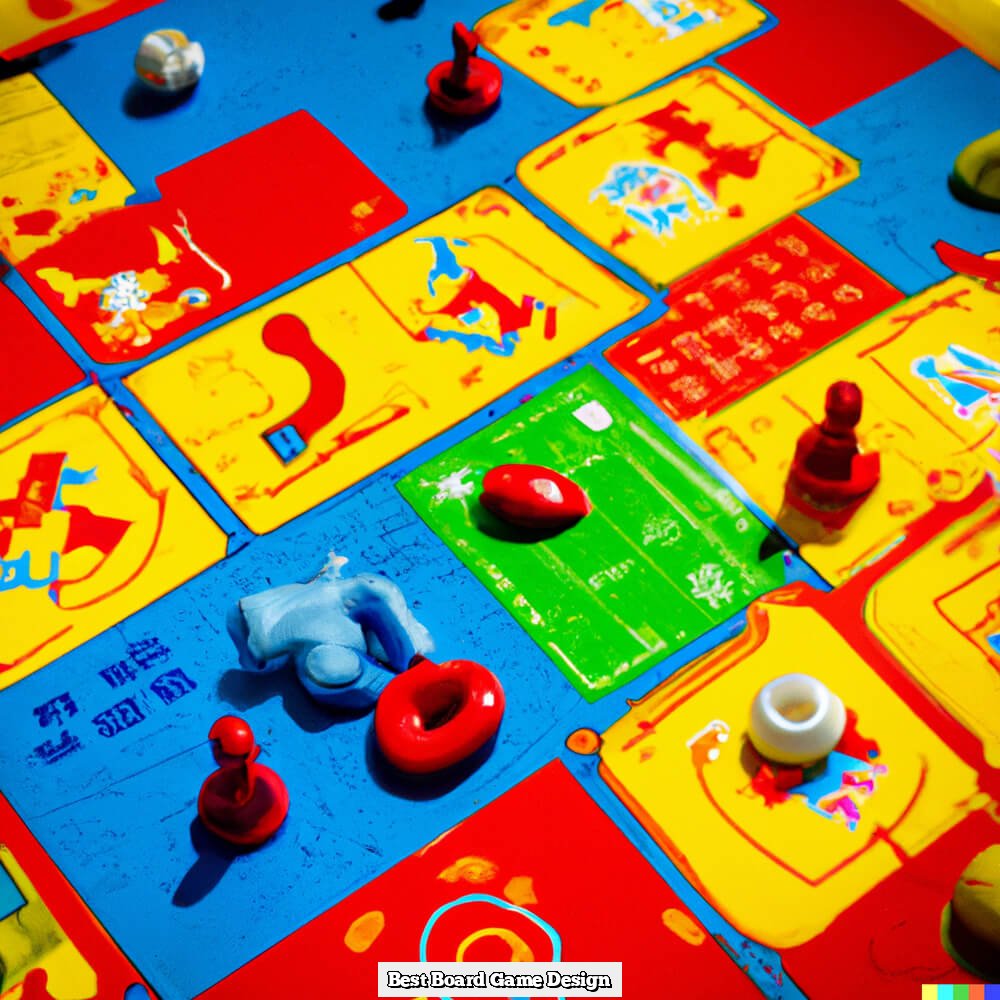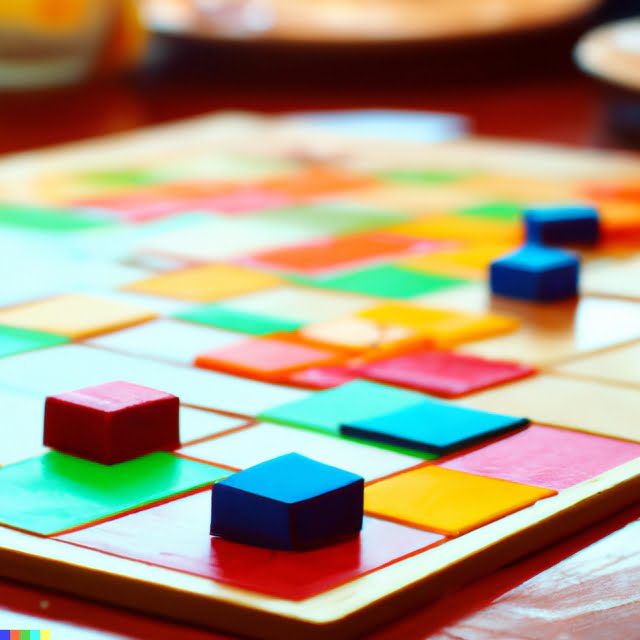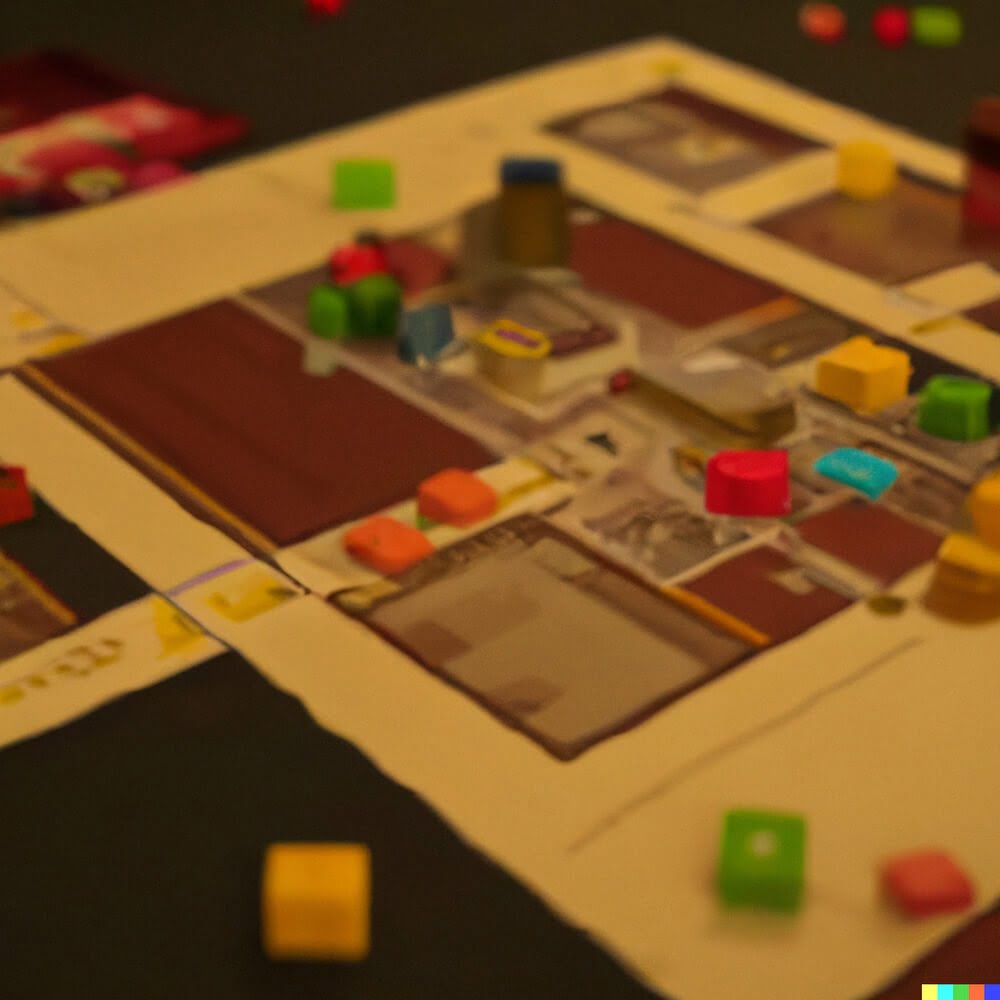Utilizing Player Psychology
Player psychology is a critical factor in effective board game design. The principles of player psychology involve understanding what motivates, interests and rewards players, as well as their preferred learning styles and gaming preferences. Designers should consider the emotional involvement of the game, create meaningful goals and objectives, create believable worlds or settings for their games, and provide balanced game play. Player emotion can be impacted by themes, such as good vs. evil or confusion of character roles; customization options, such as alternate scenarios or avatar choices; outcomes that are uncertain but possible to alter with methodical decisions; incentives for replayability; and varied skill levels for different types of players. Balancing player skill levels is important because it ensures that players from all backgrounds have an equal opportunity to experience success using a variety of strategies. Aspects that can control skills include: difficulty levels, rule complexity and card/board mechanics. Additionally, differentiated reward systems allows players to customize their own experiences based on their playing styles and desired outcomes. By taking these key elements into account when designing a new board game, designers can ensure that the players’ experience is engaging and rewarding while catering to varied play styles.
Storytelling Elements
One of the most important aspects of a successful board game design is to focus on story and narrative elements. Storytelling in board games allows players to become immersed in their experience as they explore and discover different aspects of the game’s plotline. Narrative elements should be incorporated throughout the game, from character creation to scenario-based decisions leading to unique outcomes. Through this storytelling approach, players can feel more involved and engaged with the challenges they must face. This can make for a more fulfilling overall experience, providing memorable moments and lasting impressions. Additionally, you must also decide how much story will be woven into each session – too little or too much can lead to confusion or worse – apathy towards the title. As such, finding a proper balance between story and strategy is essential when designing a boardgame with compelling narrative elements that are interesting yet still present subtle challenges for all levels.
Artwork
The artwork in a board game can be incredibly important to its success. It not only provides a visual cue that helps players learn and remember the rules, but it can also be an integral part of the setting of the game. Artwork can create an atmosphere that draws people into the game and makes them feel more invested in playing it.
Moreover, a great artwork style can make a game look like something unique and special, helping give it market visibility. Good artistic design should enhance gameplay rather than create distractions or confusion; too much detail can bog down play. An effective board game artwork needs to convey what’s going on at a glance and include some memorable elements that stand out from the crowd ” all while being attractive enough to catch someone’s eye across the room at a gaming convention or store shelf. The colors should work together in harmony to capture the intended theme and tone of the game without overpowering each other, while still representing distinct points from one another.
Iteration
Iteration is one of the most important board game design principles. At its core, iteration is an ongoing process of refining a game’s design through repeated playtesting and adjusting. As a result of this iterative process, it’s not unusual for designs to evolve significantly over time. Each feedback loop builds upon the previous round of playtesting and balances, eventually leading to a more playable and engaging experience. The new changes can be quite substantial; from abandoning entire rule sets to using different pieces – all potential changes should be given considered evaluation before implementing them into the physical version of the game.
The primary benefit of iteration is that it allows you to make adjustments as you progress further in development with your board game. By drilling down into every aspect of gameplay and components, designers are able to gain insight and learn what works great or needs improvement in multiple ways. For example, by changing how a specific ability or mechanic works, or finding a way to make the game simpler while still maintaining its core challenges, designers can continue pushing forward towards their ultimate goals of creating an enjoyable product. This testing cycle also helps highlight any issues with usability that may have presented itself during free-play sessions. Furthermore, iteration helps create an open dialog regarding ideas between players so they may contribute in ways no single designer could accomplish on their own. Each feedback loop often encourages creativity as well as implementation becoming crucial aspects within overall design success – especially when working with limited resources and time-frames.
Accessibility
Accessibility plays an essential role in making sure that all people of various ages, genders, backgrounds, abilities, and so on can join in a board game. If certain players have accessibility constraints such as poor vision or hearing impairments, the game should still be able to be adjusted for them so they can have a positive and enjoyable experience. Board games should feature inclusive language and artwork that is not harmful or offensive towards any group. There should also be ways for players to customize the game rules to their own preferences while keeping the spirit of the game intact. Additionally, board games should generally include instructions on how to adjust the game rules audio or visually impaired players so that they can enjoy it as well. Ultimately accessibility considerations will result in a much better user experience for your board game design.
Marketing
Board game design principles go beyond the actual development of the in-game mechanics and systems. A successful board game requires strong marketing strategies to reach and promote your design to a wide range of potential players. The most important aspect of this is understanding your target audience, particularly their gaming interests and preferences. Knowing whom you are targeting will help to shape the overall look, feel, and gameplay strategy that your board game should take. Additionally, it’s important to consider which platforms or channels would be the best for reaching that specific audience effectively: publications, websites, gaming events and conventions, social media accounts etc. Once you understand who you are marketing your game to, you can decide on which resources and tactics would be most effective in order to create an effective campaign plan. Utilize tools such as blogging, press releases, mailings (digital and/or physical), community interaction via online forums or social media platforms; collaborate with other indie designers and join forces with existing gaming communities; all with the goal to build momentum around your designed board game ” creating a strong presence that will reach its intended market sooner rather than later.

I love playing all kinds of games – from classics like Monopoly to modern favourites like Ticket to Ride.
I created this blog as a way to share my love of board games with others, and provide information on the latest releases and news in the industry.





